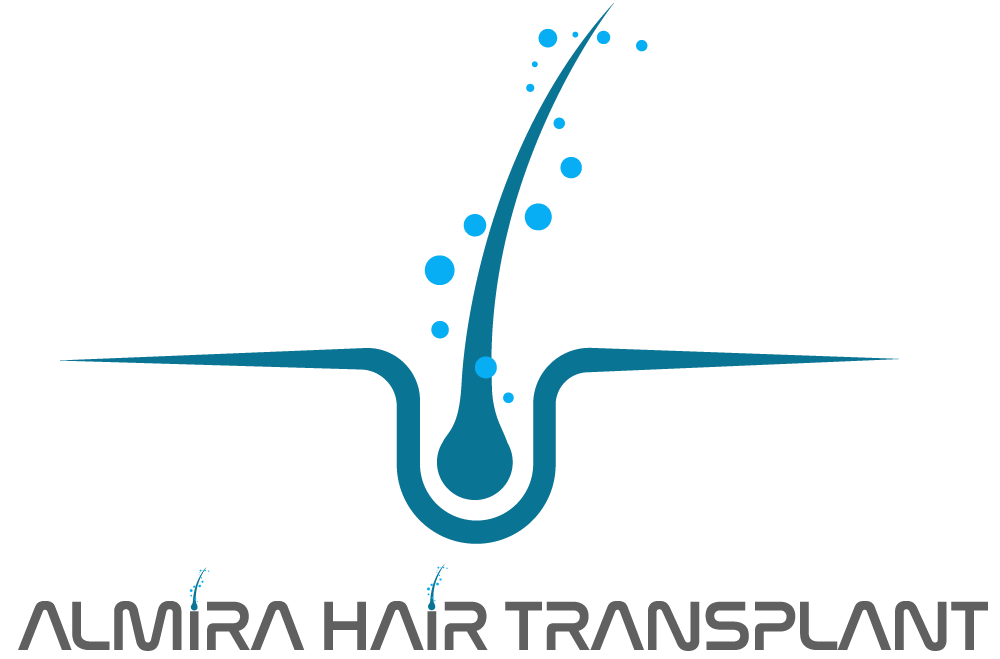Patient-Specific Implants with 3D Printing Technology

Patient-Specific Implants with 3D Printing Technology
The integration of technology into modern medicine is revolutionizing how we diagnose, treat, and recover from various conditions. Among the most transformative developments is 3D printing technology, which is reshaping the future of healthcare. One of its most impactful applications is the production of patient-specific implants, offering tailored solutions that significantly enhance surgical precision, patient comfort, and long-term outcomes.
What Is 3D Printing and How Is It Used in Medicine?
3D printing, also known as additive manufacturing, is a process where three-dimensional objects are built layer by layer from a digital model. In the medical field, this technology is utilized for producing custom implants, anatomical models, surgical guides, and even bioprinted tissues.
For example, if a patient suffers from facial bone trauma, CT scans can capture the damaged area in detail. A 3D digital model of the patient’s anatomy is created, and a custom implant is printed to precisely fit the individual’s bone structure—offering unmatched precision compared to conventional implants.
What Are Patient-Specific Implants?
Traditional implants are mass-produced in standard shapes and sizes, which may not perfectly fit every patient—especially in complex anatomical regions like the skull, jaw, pelvis, or spine.
Patient-specific implants, on the other hand:
-
Are designed from the patient’s actual anatomy,
-
Fit with 100% accuracy,
-
Reduce surgery time,
-
Minimize risk of implant rejection,
-
Improve both functional and aesthetic outcomes.
This customization brings a new level of precision and personalization to surgical care.
Applications in Modern Medicine
3D-printed custom implants are now used across multiple specialties:
-
Craniofacial Surgery: Reconstruction of facial bones due to trauma, congenital defects, or tumor removal.
-
Orthopedics: Joint replacements (e.g., hip, knee, shoulder) tailored to the patient’s exact measurements.
-
Oncology: Restoring bone after tumor resection.
-
Dentistry & Oral Surgery: Jaw reconstruction, custom bone grafts, and implant planning.
The Production Process
Creating a patient-specific implant involves several precise steps:
-
Imaging: CT or MRI scans of the affected area are taken.
-
Digital Modeling: The scans are converted into a 3D digital model.
-
Design & Approval: Surgeons and biomedical engineers collaborate to finalize the implant design.
-
3D Printing: The implant is produced using biocompatible materials (e.g., titanium, PEEK).
-
Sterilization & Surgery: The implant is sterilized and surgically placed in the patient’s body.
Key Advantages
-
Perfect Fit: Ensures optimal anatomical and functional integration.
-
Reduced Surgical Time: Pre-shaped implants streamline procedures.
-
Lower Risk of Complications: Better fit reduces rejection and healing issues.
-
Superior Aesthetic Results: Particularly in facial reconstruction.
-
Personalized Treatment: Each patient receives a solution uniquely tailored to their condition.
The Future of Medical Technology
Patient-specific implants created via 3D printing exemplify the move toward personalized medicine. These solutions not only improve treatment success but also enhance the patient experience through faster recovery and better cosmetic outcomes.
Looking ahead, developments in bioprinting, living tissue engineering, and even 3D-printed organs are expected to push this technology even further—opening new frontiers in regenerative medicine and transplantation.
In conclusion, 3D printing technology is transforming patient care by enabling the creation of tailor-made implants that meet individual anatomical and clinical needs. From cranial surgeries to joint replacements, this approach is setting new standards in precision, efficiency, and patient satisfaction—ushering in a new era in healthcare innovation.


